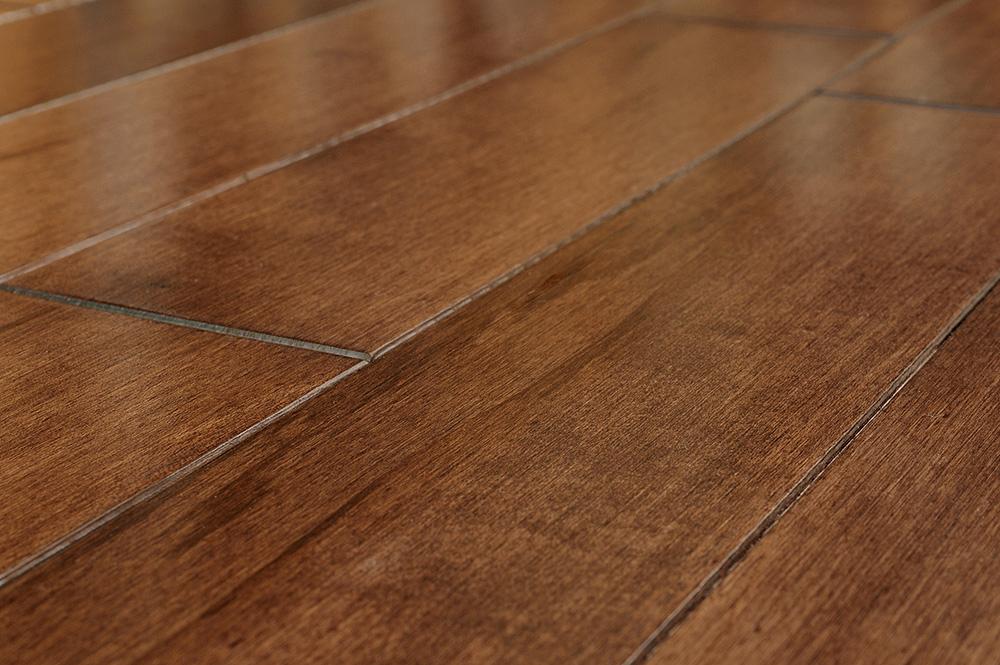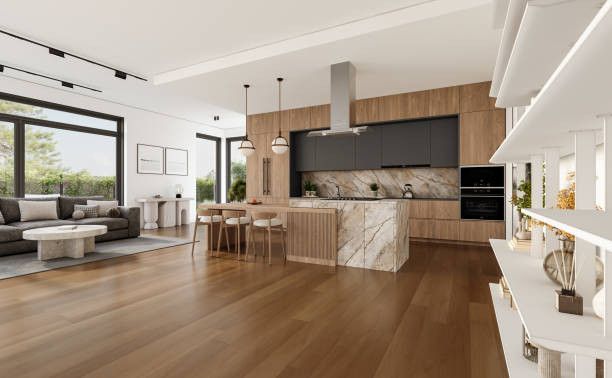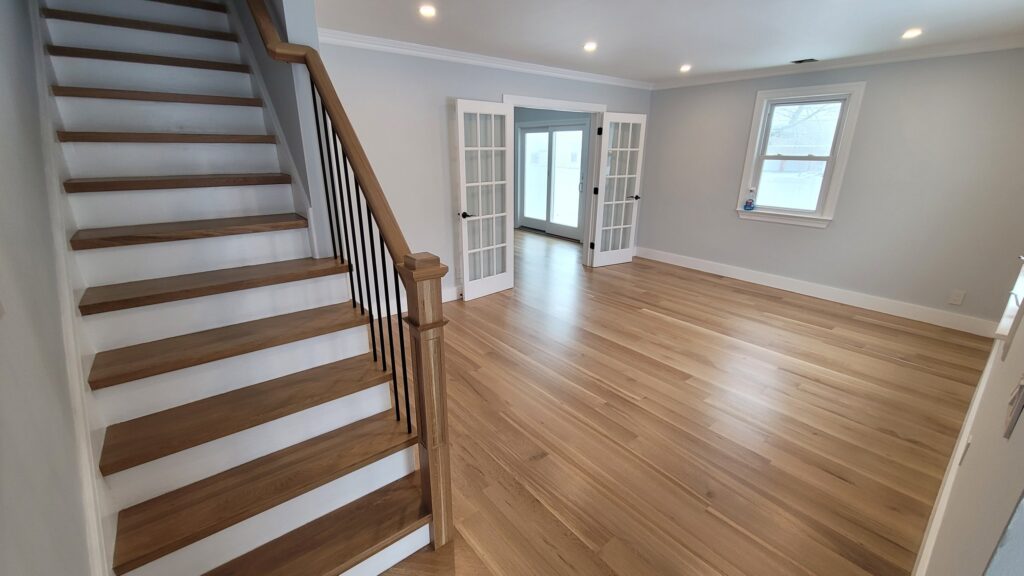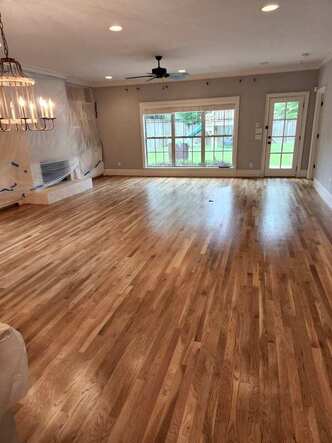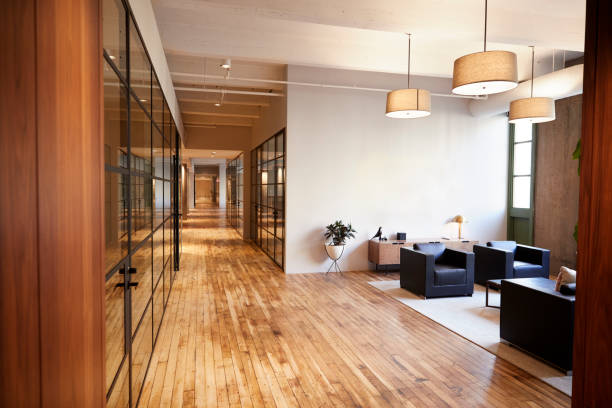That Annoying Bevel In Between Hardwood Floor Boards Explained..
In case you’re not familiar with the term, that line between the boards of a hardwood floor is called the bevel. There are a couple options available when it comes to the bevel. There are beveled-edge floors, micro-beveled edge and square-edged. It’s not always just a question of esthetics when considering a bevel…there are practical matters to consider as well… Beveled-edge floors are the ones that catch all the dirt and dust in the bevel and never look clean. It’s more of an old-fashioned construction and because of the fact mentioned above, they are not as popular as they once were and some manufacturers don’t even offer them anymore. Beveled-edge floors can also make the floor look choppy and don’t give a sense of flow like the other floors do. But again, the biggie here is all that gunk that gets caught in that bevel. I get calls all the time from home-owners looking for advice on how to get them clean. The only thing that can be done is a refinishing of the floor which would eliminate that eye-sore. The bevel would remain but the gunk would be gone. Micro-beveled floors are much more desirable, IMO. Some floors and certain species of wood look better with a little bit of definition between the boards. Some of the cleaner looking species of wood, like maple, can look almost too continuous without at least a micro-bevel. Being that the bevel itself is much tighter than a full bevel, there is no risk of accumulation of dirt/dust. Micro-bevels are the most common between all the options available. Then there are square-edged hardwood floors. These floors have no bevel and feature a tight fit between the boards. They are usually a bit more expensive than micro-bevel floors, but not by much. Almost all of the unfinished hardwood floors offered today come with a squared-edge. *** This is something to note should you or a client look to add hardwood to an adjoining room. If the existing floor has either a full or micro bevel, there may be a noticeable difference between the two floors. Unfortunately, sanding the floor does not completely eliminate the bevel.***
That Annoying Bevel In Between Hardwood Floor Boards Explained.. Read More »

